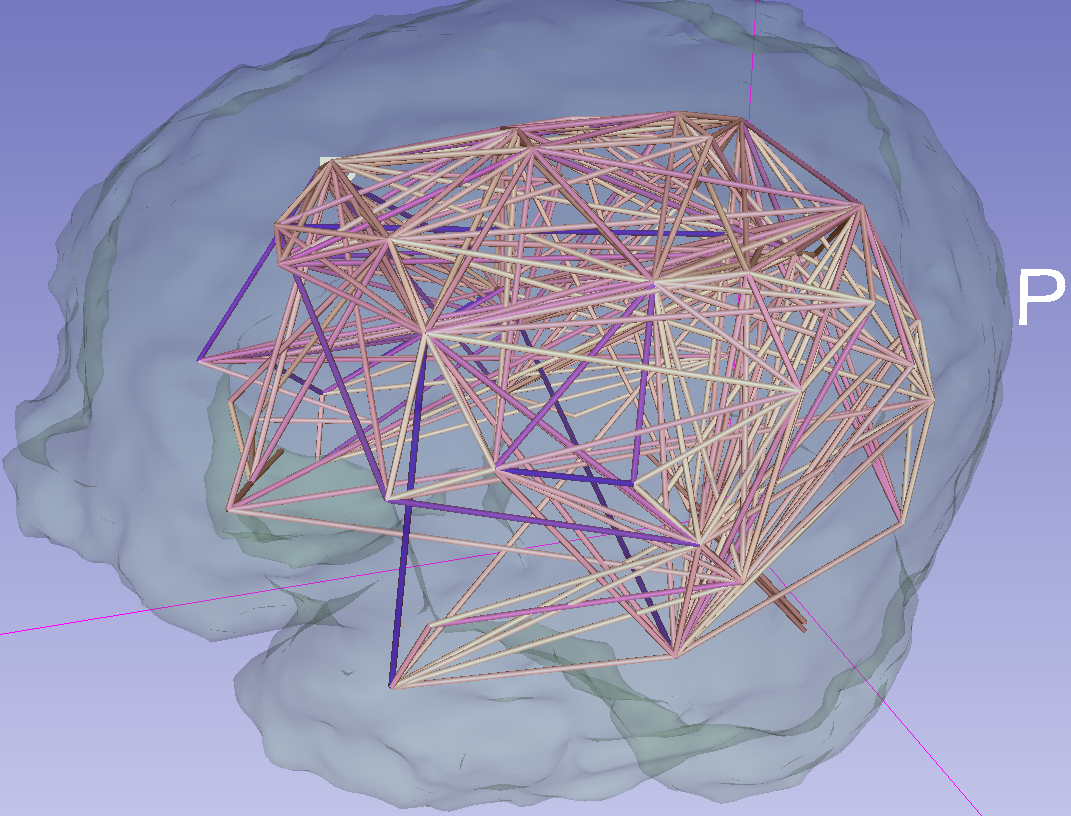Project Description
Attention Deficit Hyperactivity disorder (ADHD) or Attention deficit disorder (ADD) affects about 11% of the children in the United States, with boys more often diagnosed than girls. While its exact causes are unknown, researchers at the PNL and other laboratories are investigating the neural circuits that are affected in ADHD. Our understanding of the neuropathology of ADHD stems primarily from structural and functional MRI of adult subjects (Makris et al., 2007). A few studies have also looked at younger population (ages 8-12 years) (Silk et al., 2009). These studies have shown abnormalities in several brain regions involved in processing attention, activity and impulsivity. Further, fMRI studies have shown abnormalities in the default mode network in ADHD patients (Uddin et al., 2008). Thus, there is increasing evidence of dysfunction in the network organization in ADHD (Konrad and Eickhoff, 2010). Some studies have also shown cellular level changes in glutamate, which affects the functioning of the pre-frontal cortex and the limbic system (Arnsten, 1999). In addition, PET studies have shown lower levels of glucose metabolism in adults with ADHD (Zametkin et al., 1990). In short, anatomical, functional and microstructural (neurochemical) abnormalities have been observed in ADHD.
The PNL is currently focused on acquiring high-resolution diffusion and functional MRI data from several ADHD children to understand the circuitry and networks that are affected in ADHD. Due to hyperactivity, most subjects cannot stay still in an MRI scanner for long periods of time, a necessary requirement to acquire high-resolution data. The PNL along with collaborators from MGH (Mass General Hospital) have developed a fast imaging sequence that reduces the scan time of advanced scans from 45 minutes to about 5 minutes. This work is spearheaded by Dr. Yogesh Rathi who received a grant from the National Institute of Mental Health to develop this fast imaging protocol. This new sequence has enabled the acquisition of advanced brain MRI data, in a short period of time, which we hope will lead to new insights in our understanding of ADHD. We hope to know more about the structural and functional networks that are affected in ADHD (See Figure 1). This could lead to a better understanding of the pathophysiology of ADHD and eventually help in the development of interventions (pharmacological and non-pharmacological) for this condition.
We are currently recruiting ADHD children and typically developing kids (ages 6 to 12 years). Please contact 617.355.8525 or ADHDMRIstudy@childrens.harvard.edu for more information.







Comments are closed.